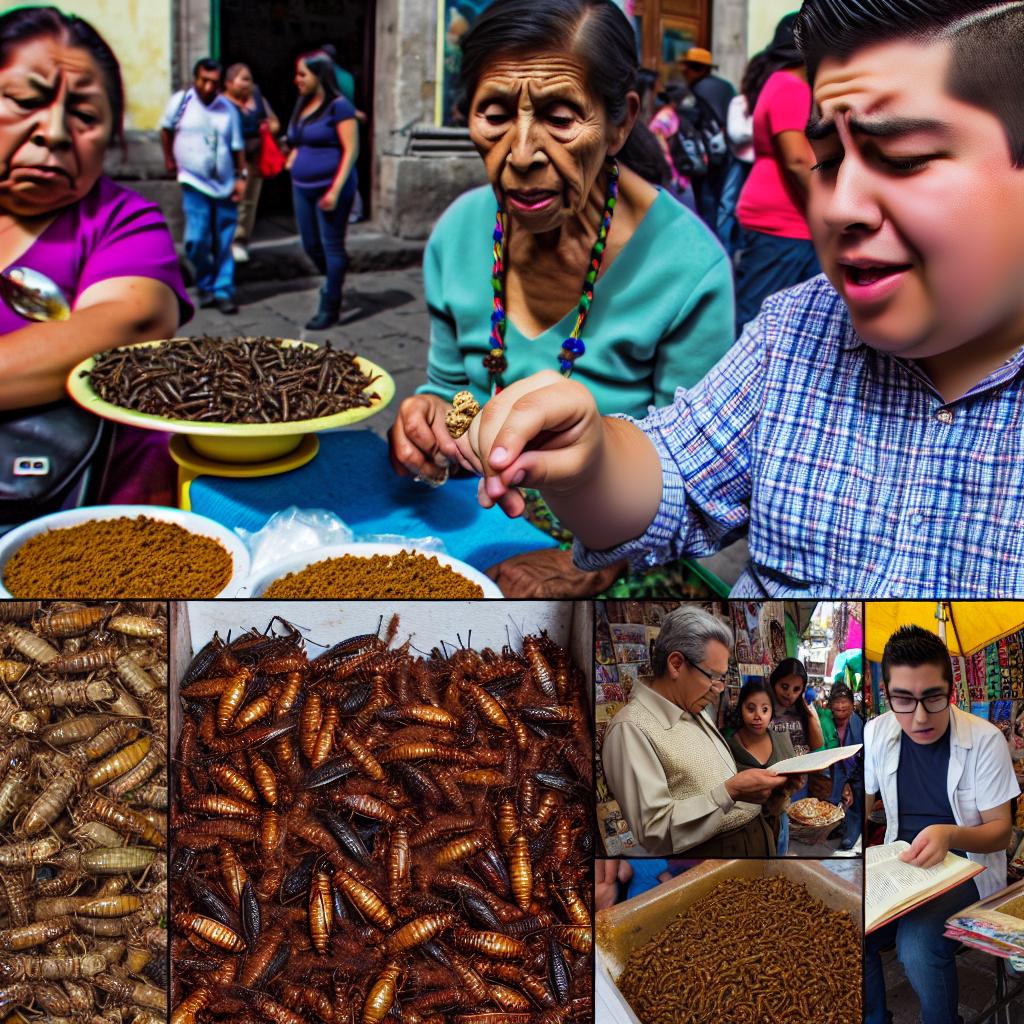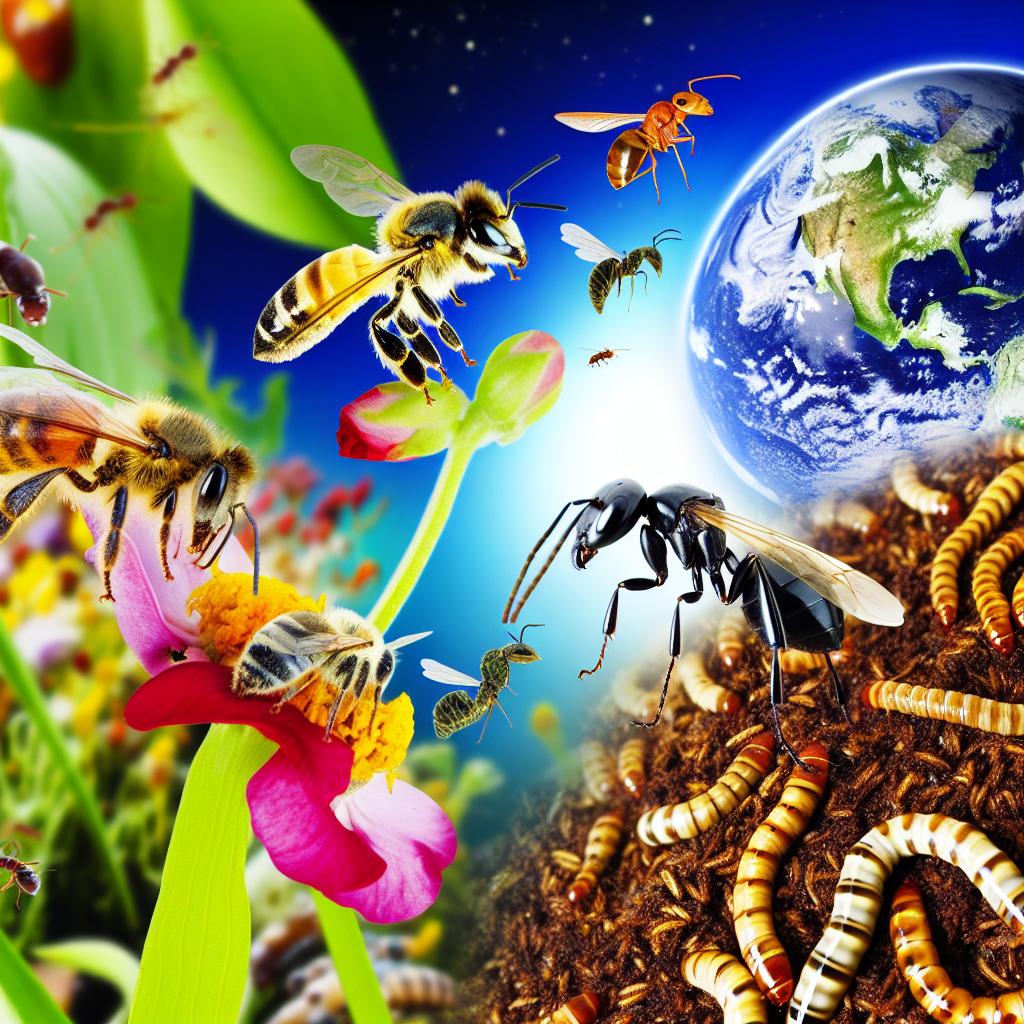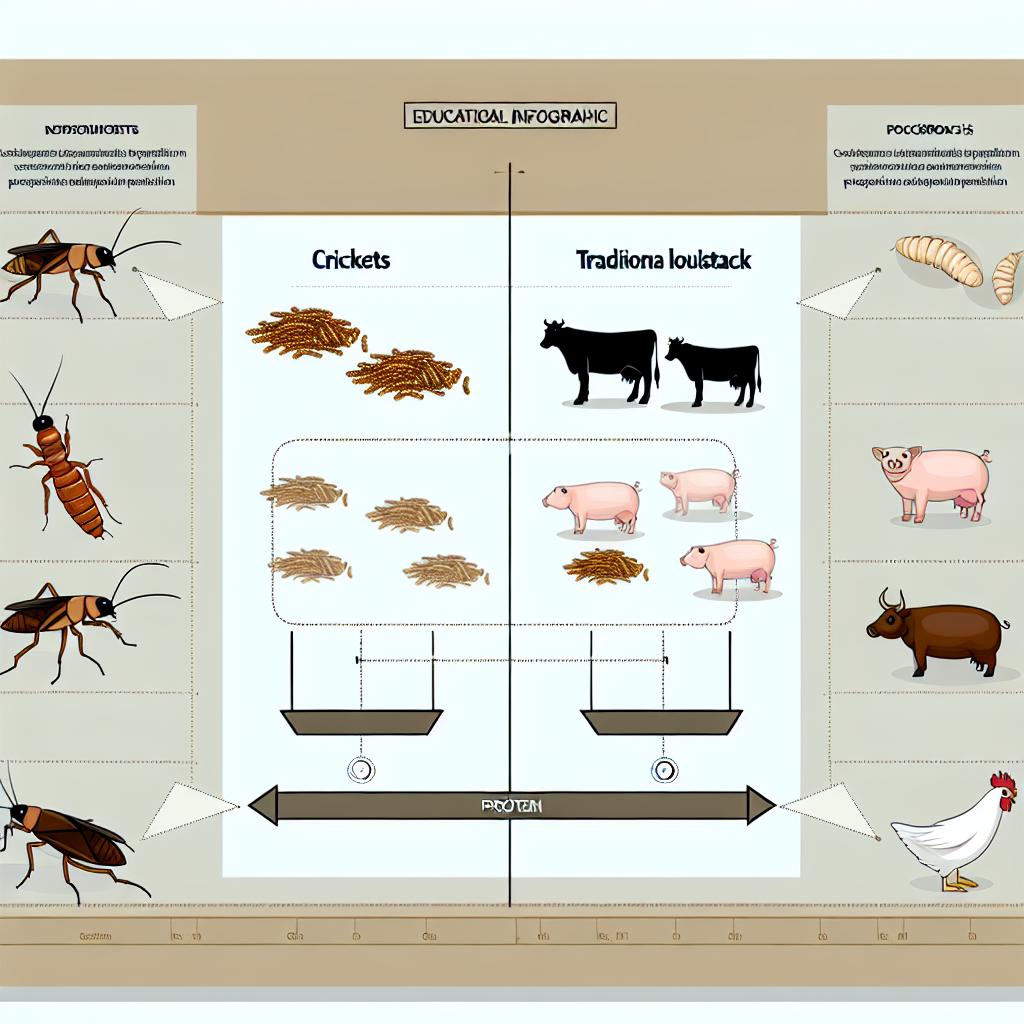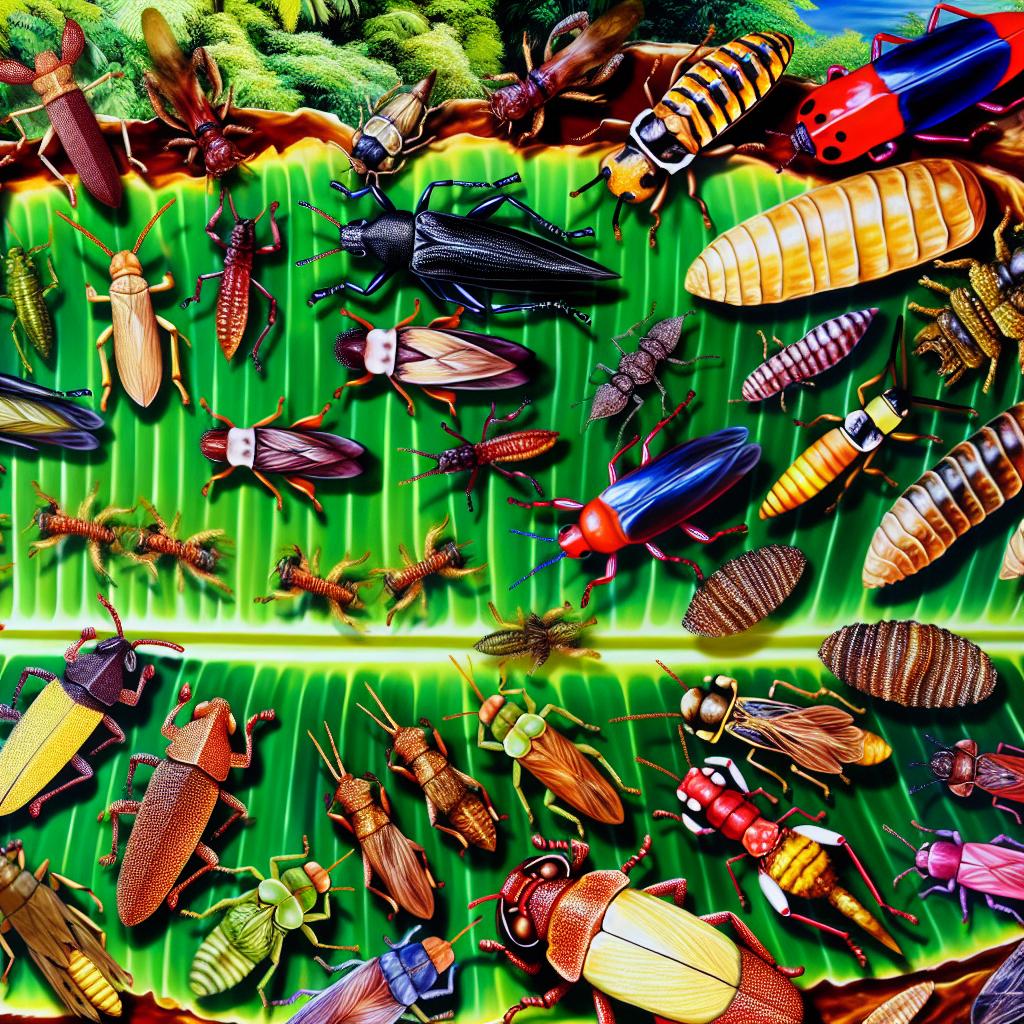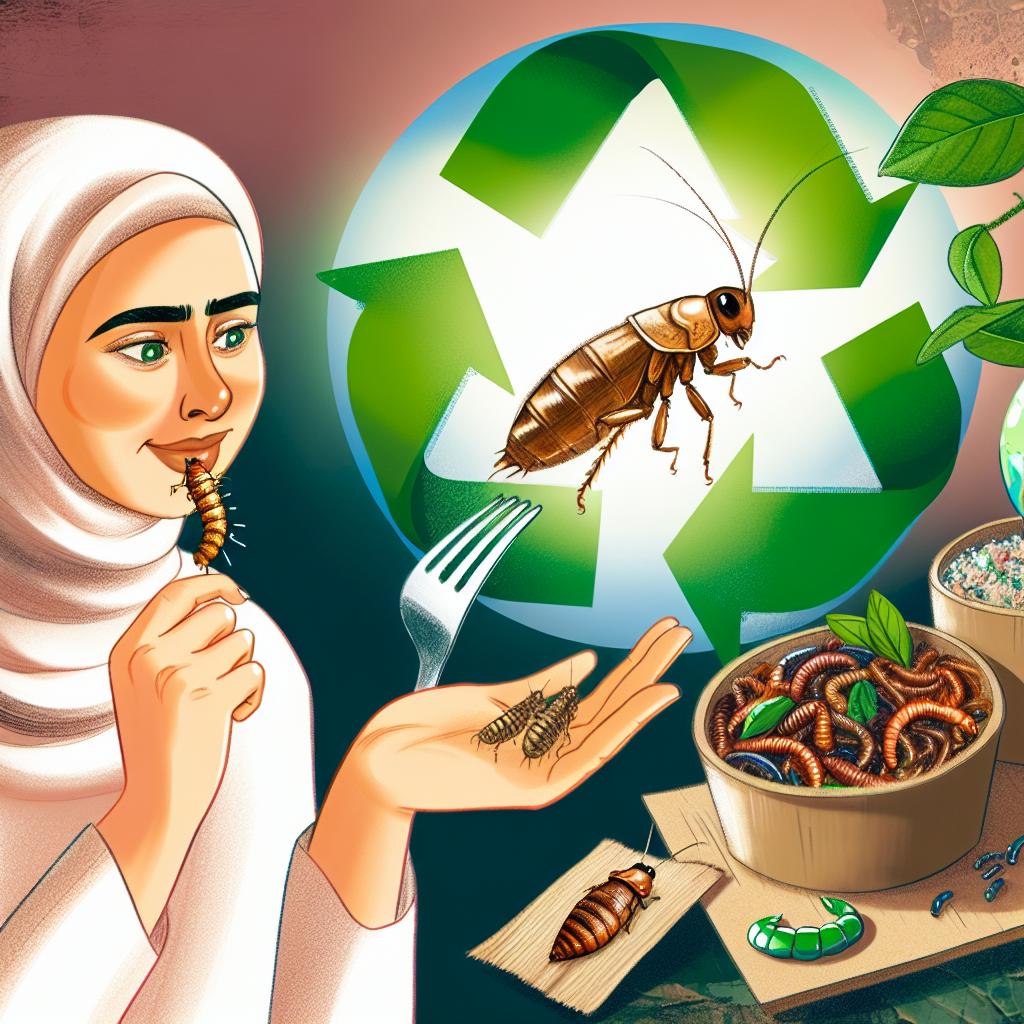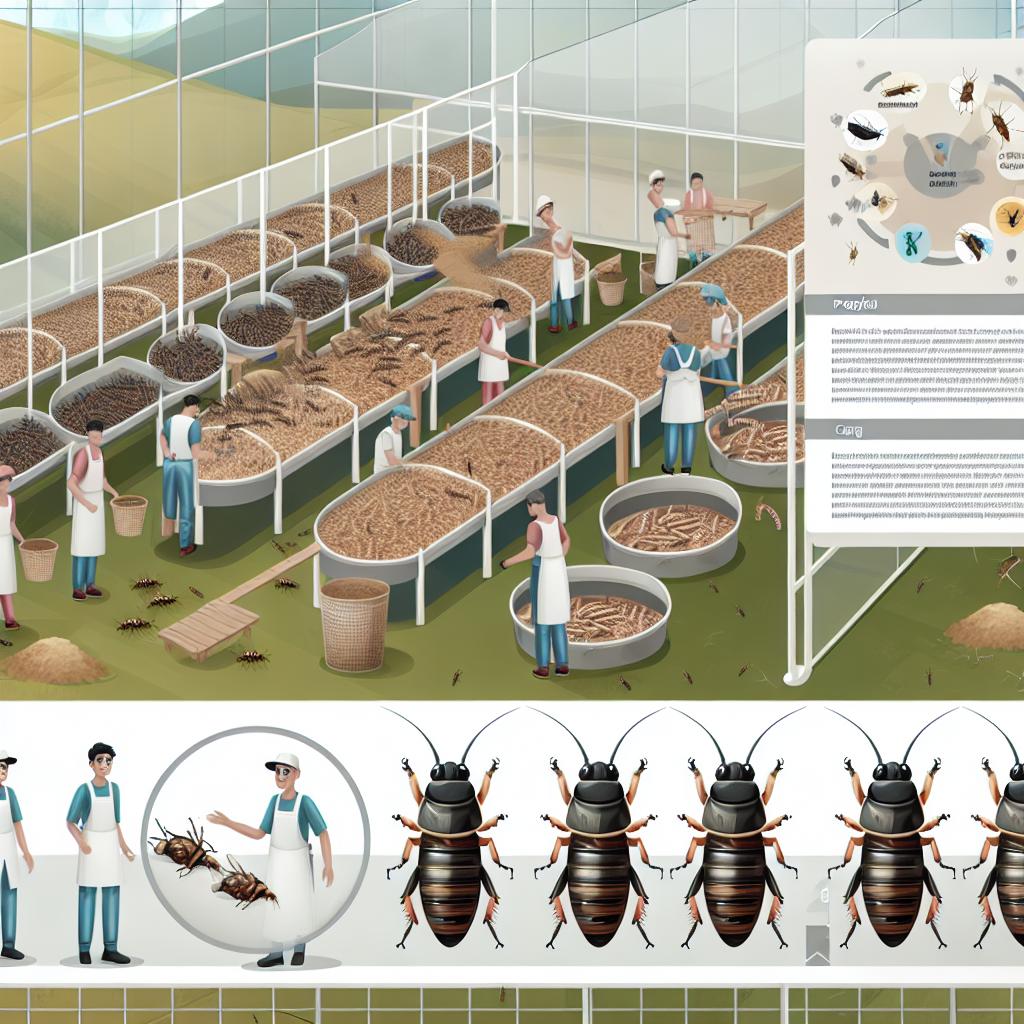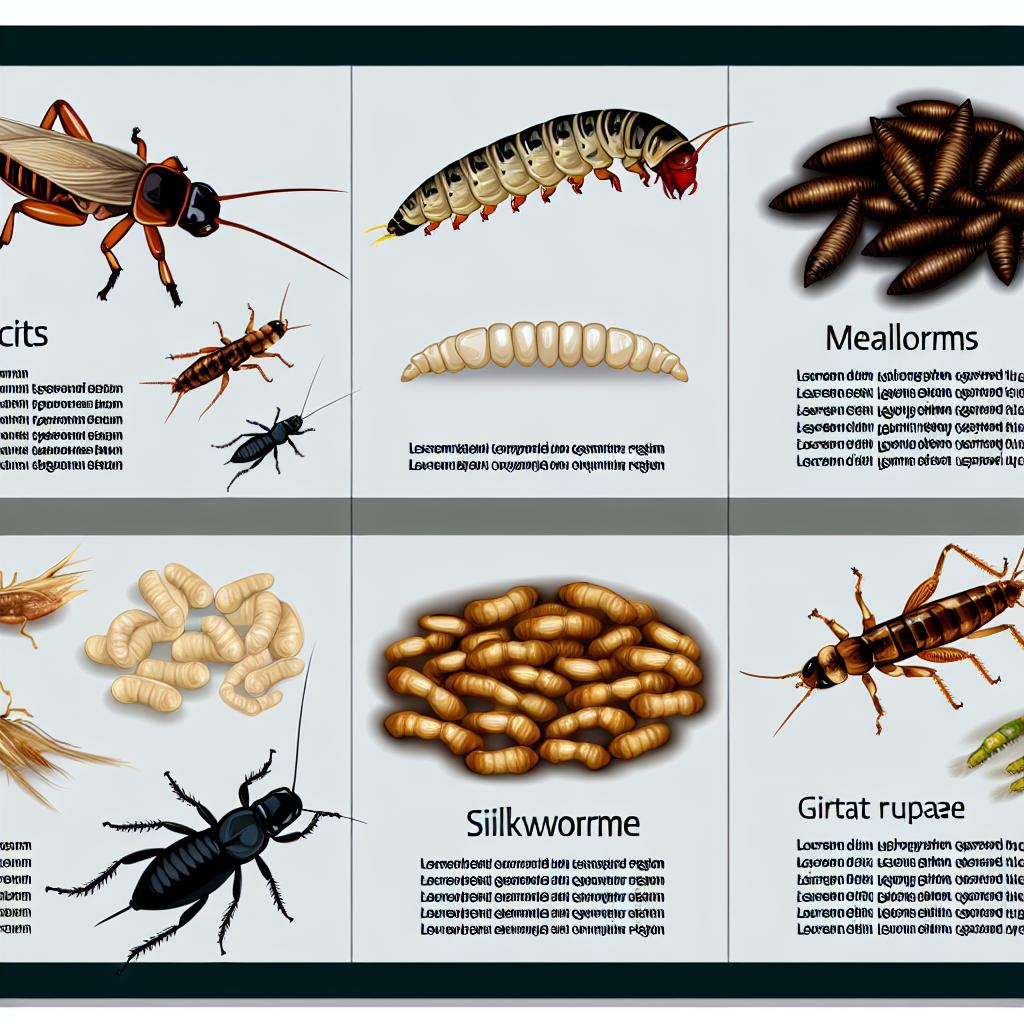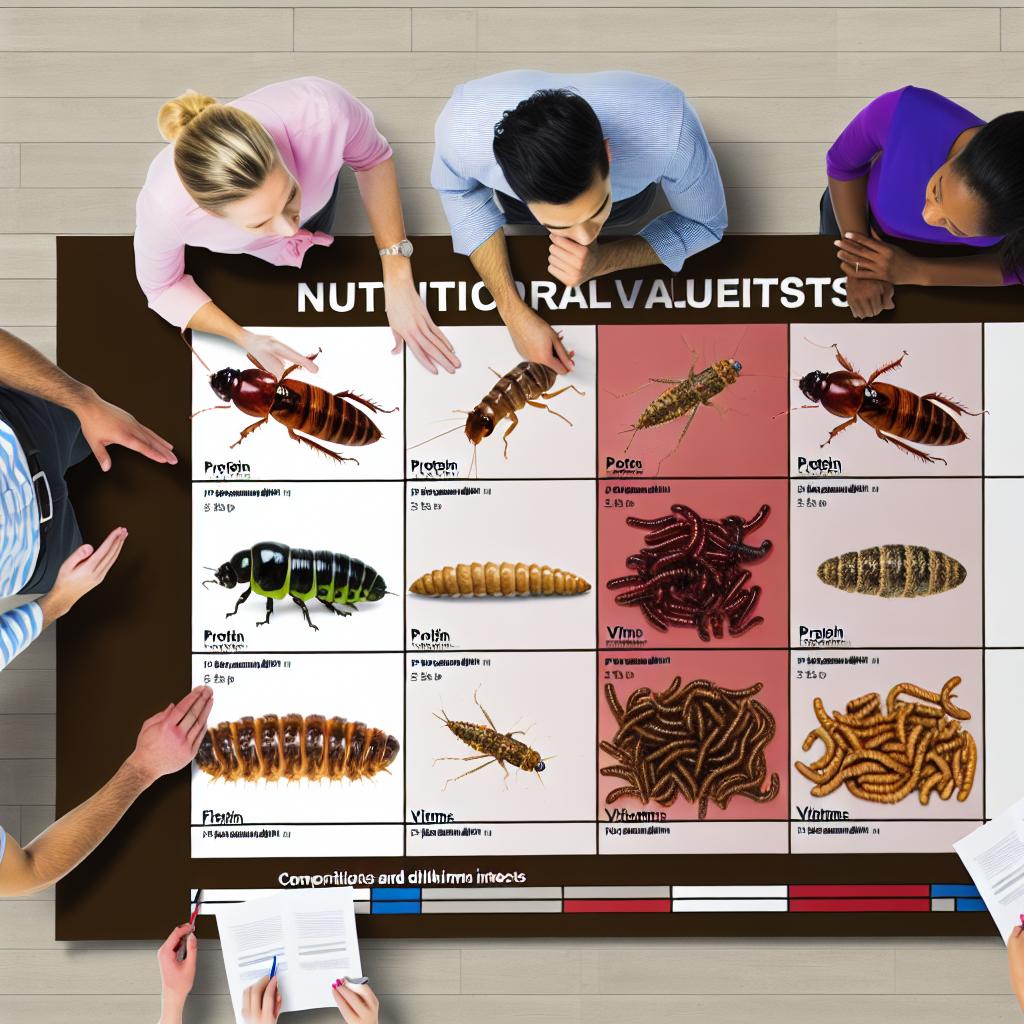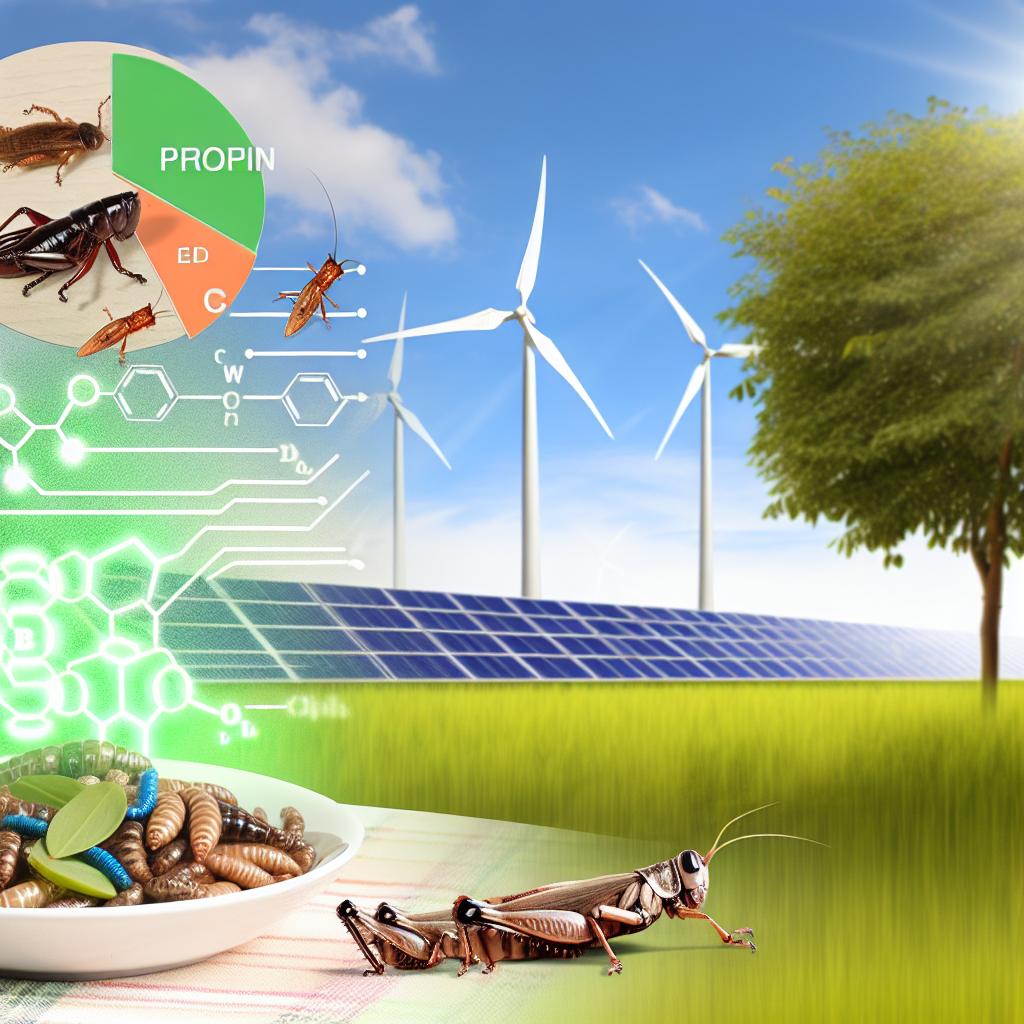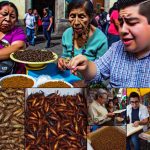The cultural significance of eating insects in Mexico.
The Historical Context of Insect Consumption in Mexico The practice of eating insects, or entomophagy, has a rich and extensive history in Mexico, stretching back to pre-Columbian times. For centuries, indigenous civilizations, including the Aztecs, Maya, and Mixtecs, have incorporated insects into their diets. This was driven by both necessity and preference. Insects were a […]
Read More »